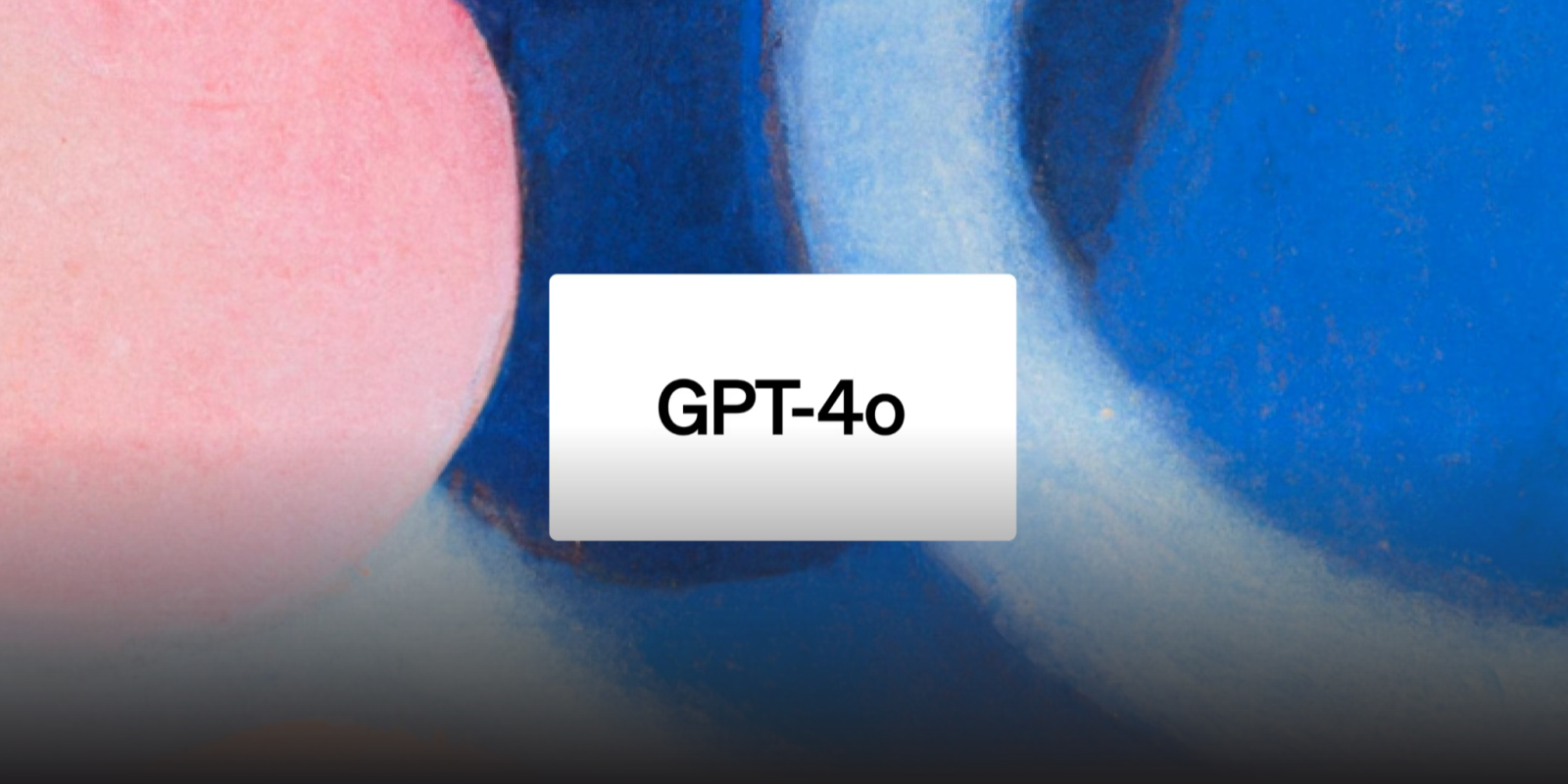
AU Small Finance Bank
View Brand PublisherHow AU Small Finance Bank is accelerating credit card adoption for underserved segments in India
Mayank Markanday, Head of Credit Cards Business, AU Small Finance Bank, highlights the bank’s several industry-first initiatives to accelerate credit card adoption for the unserved and underserved segments in India.
India has traditionally been a debit card market. But the spurt in credit card issuance in the last decade has changed the narrative. And this growth is further accelerated by fintech players and the introduction of various products and service innovations like credit cards innovations, buy now pay later (BNPL), and credit EMIs.
Meanwhile, India’s banking system reported net additions of approximately 1.5 million credit cards in February, up by a massive 165 percent year-on-year, according to brokerage firm Motilal Oswal.
Impressively, the credit card industry has managed to sustain its growth despite a rise in cash transactions through UPI, which grew 97 percent in November 2021 to touch Rs 7.7 lakh crore.
The total value of credit card transactions is expected to cross Rs 5,000 crore by 2027, expanding at a CAGR of 39.22 percent during 2022 - 27 period. The volume of credit card transactions in this period is projected to expand at a CAGR of ~26.43 percent as well - which bodes well for the credit card industry.
Accelerating financial inclusion
In 2015, when RBI came out with the Small Finance Bank licensing guidelines, AU was the strongest of the 10 selected entities to receive this coveted licence thanks to its strong foothold and proven track record.
Today as a Fortune India 500 company and a bank for underserved and unserved low- and middle-class individuals, AU is enabling a convenient banking experience with many industry-first initiatives.
In a recent insight-packed conversation with YourStory, Mayank Markanday, Head of Credit Cards Business, AU Small Finance Bank, discussed the approach adopted by the bank to accelerate credit card adoption for the unserved and underserved and the plans they have to bring the change they promise in society.
Addressing India’s sharply skewed ratio of credit to debit cards
Mayank pointed out two key sharply skewed ratio problems in India when it came to the credit card market.
“Compared to China or the US, credit card penetration is pretty low in India. It is hardly 3 percent of the population. We at AU realised that the two main reasons for this was that the credit cards were mainly issued to the salaried segment, whereas a large segment of self-employed individuals recorded hardly any presence on correct credit card instruments,” he said.
“The second reason was that credit cards in India were only issued and distributed in around 20 large cities of India. In effect, 80 percent of the card issuance is limited to 20 cities in India,” he added.
AU Bank is solving this by issuing credit cards in more than 150 districts now in India, and also by offering cards to the underserved self-employed segments in the country.
“Tier II and III cities are also looking for credit card instruments given the greater ecommerce penetration. A large number of avenues have opened to shop through credit cards even in tier II, III cities,” he said.
Incentives that appeal to the new customer base
“Most of our customers have been issued cards for the first time, and are therefore experiencing them for the first time,” said Mayank, speaking about how AU Bank looked at credit cards from the viewpoints of these organisations and how they shed traditional mindsets to create incentives that genuinely appeal to the new customer bases.
“We understood that the large percentage of our prospective Tier II, III and IV users largely travel by trains. Many traditional credit cards however offer just airport lounge access. There was nothing that strongly appealed to this segment, so we brought in railway lounges for them,” he said.
“Now, at several railway stations, there are railway lounges that our customers have access to, and appreciate, in addition to the airport lounge access offered by traditional credit card players,” he added.
Mayank also spoke about how it was crucial to create unique first-time features that complement the needs and wants of the underserved segments across age groups, adding that these should go beyond the me-too and often predefined offers out there.
“Noticing that the younger generation in particular have a penchant for buying electronic devices from online portals these days, we give them a device protection plan to help them secure it. For instance, if a customer buys a mobile or iPad, they would get one-year free device protection for the screen,” he says.
Leveraging digital adoption in rural and semi-rural towns
With the digital adoption story in India now shifting from metros to Tier II, III and IV cities and also from urban to rural, AU Bank is beginning to see incredible opportunities emerging with credit cards and other financial services, particularly on the heels of the adoption of e-commerce and allied services in these areas.
“We are a bank with core operations in Tier II and III markets, and we have great numbers there. In these markets, not everybody can buy through cash-on-deliveries or a debit card,” says Mayank. As digital adoption increases tremendously, we are often the first ones to give a digital instrument to users in these markets,” he said.
“Customers are coming to our branches and asking for credit instruments, because that's the most convenient instrument to use on these portals,” he added.
Credit cards that stand out from among their peers
Mayank also spoke about how challenging the status quo of the credit card market was a key enabler in its growth story.
“Despite claiming to be customer-centric, banks tend to fix everything for a customer in the credit card industry. There are predefined fees, predefined features, pre-defined rewards that offer little flexibility to customers,” he said.
“We have customer-centric products where we give customers options to choose what they really want. We will be bringing an unprecedented level of flexibility and choice to the market and I'm telling you this is going to be a big game-changer for the credit card industry,” he added.
The future of AU Bank credit cards
Mayank was especially gung-ho not just about the credit market in India, but also about the credit opportunity in India’s rural areas and smaller cities.
“India’s middle-class segment is growing every day, with tremendously exciting numbers. And when the middle-class segment grows, your credit demand grows. And when the credit demand grows, the instruments which provide credit limits will definitely grow. We are looking forward to being a key part of this growth and wish that every Indian becomes a digital-savvy customer,” he said.
“India will see a lot of digital adoption in the coming 10 years. We see that the credit card industry will also grow with a 20 percent CAGR. We see a lot of opportunities which can be easily taken up by AU Bank in the coming years, especially in the credit space,” he added.











